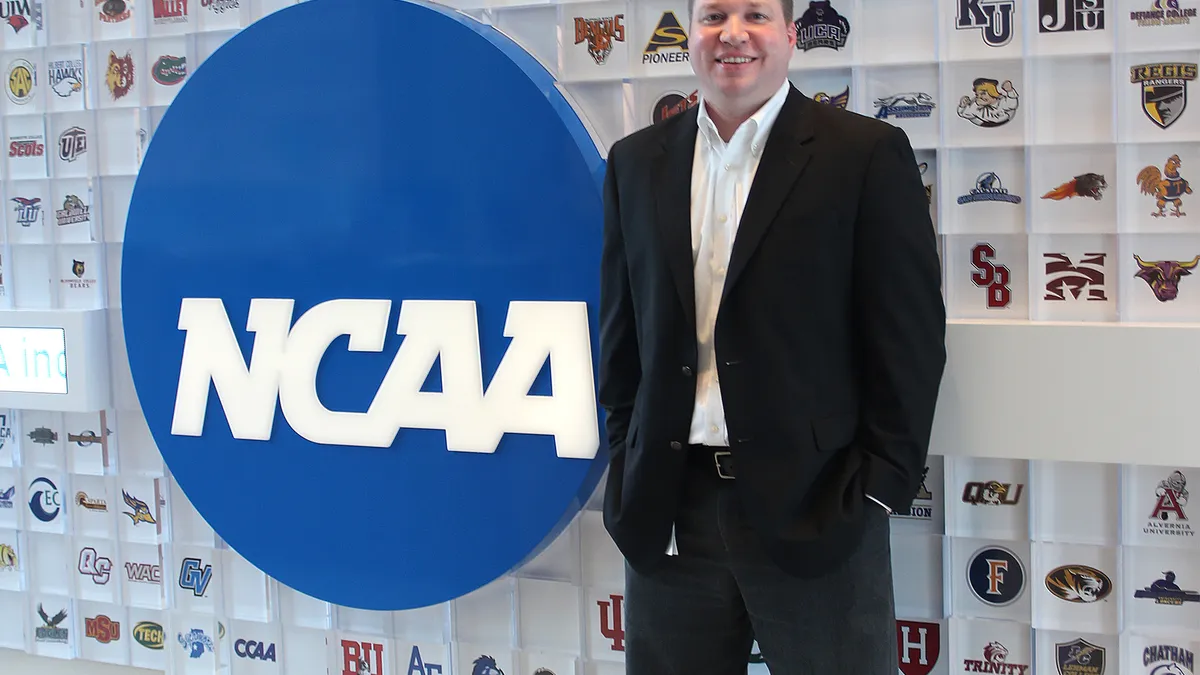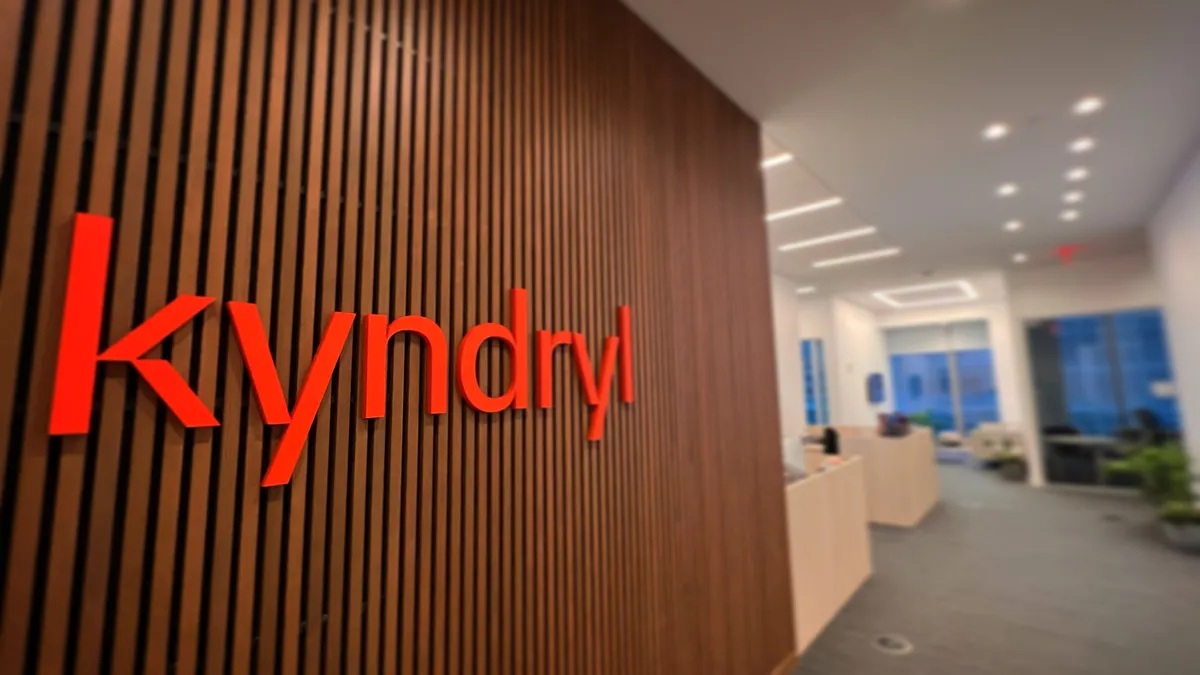Editor's note: The following article originally ran in 2018 ahead of March Madness. CIO Dive is resurfacing the story from the archives because of its relevance for Selection Sunday and the coming NCAA basketball tournament.
When CIO Judd Williams arrived at the NCAA in 2012 — fresh off a five year tenure at the FBI — the organization didn't have a mobile app.
Now, almost six years later, the NCAA is in the middle of a migration to the Google Cloud Platform and launching machine learning competitions for March Madness. It handles data for half a million student athletes and 19,000 collegiate teams across three divisions and more than 20 sports.
Williams is leading the NCAA's IT team as it transitions from a back office order-taker to a leader and innovator in the organization, expanding its portfolio to cloud, analytics, augmented reality other advanced technologies.
The 'no-brainer' selection
After weighing the three major cloud providers, the NCAA opted for the Google Cloud Platform for its robust data analytics portfolio.
"When you talk high-tech, Google's usually the first name that comes to mind. And when you talk to who's the best at data analytics and all that, again, it's Google," said Williams, in an interview with CIO Dive. "As we want to start moving more into that analytics area, it really should be a no-brainer for us."
The NCAA has had IaaS solutions in place for several years and, in the coming months and years, is looking to continue moving to the public cloud platform, affording the IT team more agility.
The partnership will include the migration of more than 80 years worth of data to GCP. From there the organization will process data through analytics and machine learning services.
The NCAA announced the partnership in December, kicking it off with the start of the Division I basketball seasons. The historical data is currently being used to analyze team and player performance and run tournament analysis and forecasting.
The NCAA and Google made all Division I play-by-play data since 2009 available on GCP for data scientists and developers taking part in the machine learning bracket competition hosted on Kaggle. The organization will distribute $100,000 between the creators of the most innovative ML applications for men's and women's brackets.
Williams hopes the partnership will lead to more use cases of advanced technologies in the coming months and years.
Innovation from inside is encouraged under Williams. After he "righted the ship internally" a few years ago, implementing responsive design and web-based applications, Williams put in place performance plans requiring employees to spend 10% of their time on innovation. He also dedicated a technical director as innovation lead.
Who owns what?
Compared to a more traditional product or service-oriented company, the NCAA has a set of unique technology demands. As a membership association in which regional conferences and corporate partners often carry out technology initiatives, many projects might not fall under the purview of the governing association.
And many projects that do fall to the NCAA's IT team are not plug-and-play.
"We're in a unique space where a lot of the functionality that we need for our different operations, you're not going to find off the shelf," said Williams. "You're not going to find a basketball tournament team selection tool somewhere — we're going to have to custom build that."
As a result, the NCAA uses a mixture of in-house and proprietary solutions, figuring out the most fitting solution on a case-by-case basis. One example of an in-house project is the association's tournament selection tool, which crunches team and player data to help the selection committee narrow down the 136 teams with a shot at the trophy.
In addition to transforming the NCAA technologically, Williams is excited about transforming the IT department and how it operates within the organization. Already, IT is increasingly being pulled into projects and initiatives that it wasn't historically.
"I'm hoping that the IT at the NCAA takes more of a leadership role, [that] we start getting ahead of conversations," said Williams. "I think the organization is really starting to embrace the role of technology and we're starting to be a good value add."





















